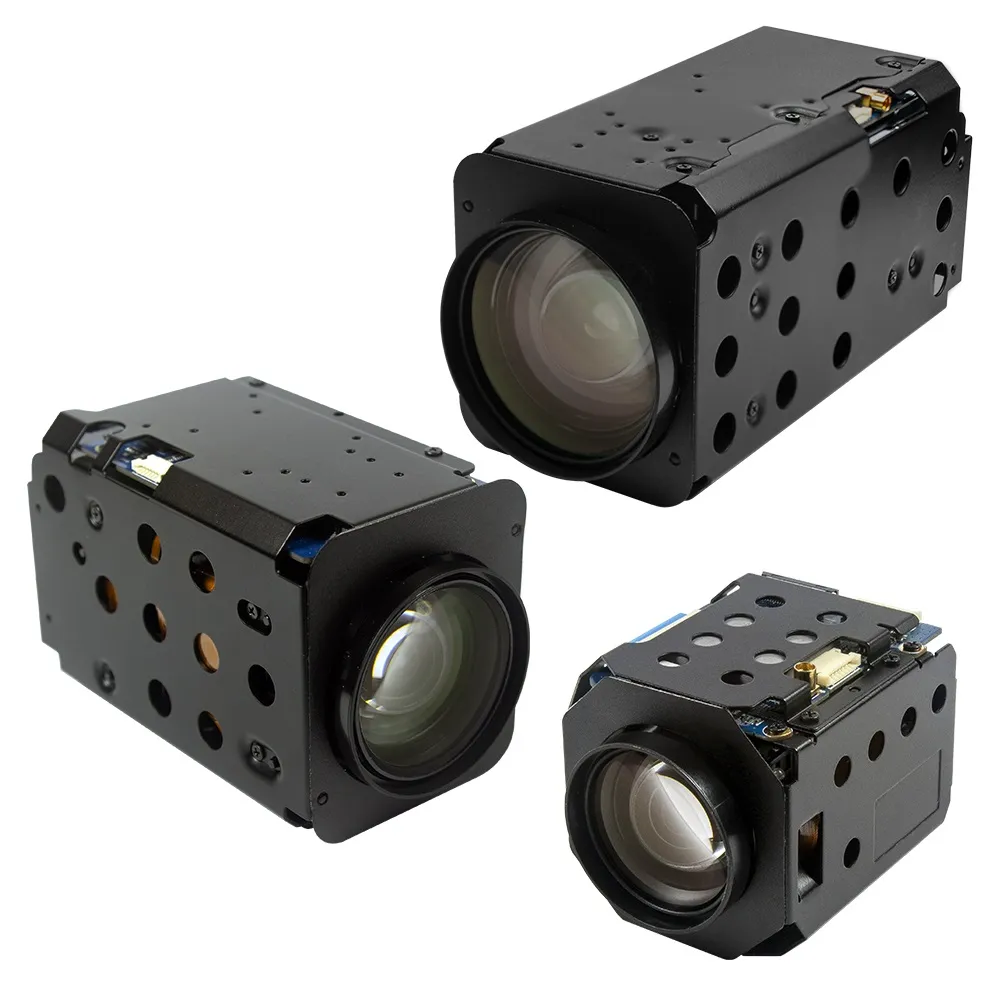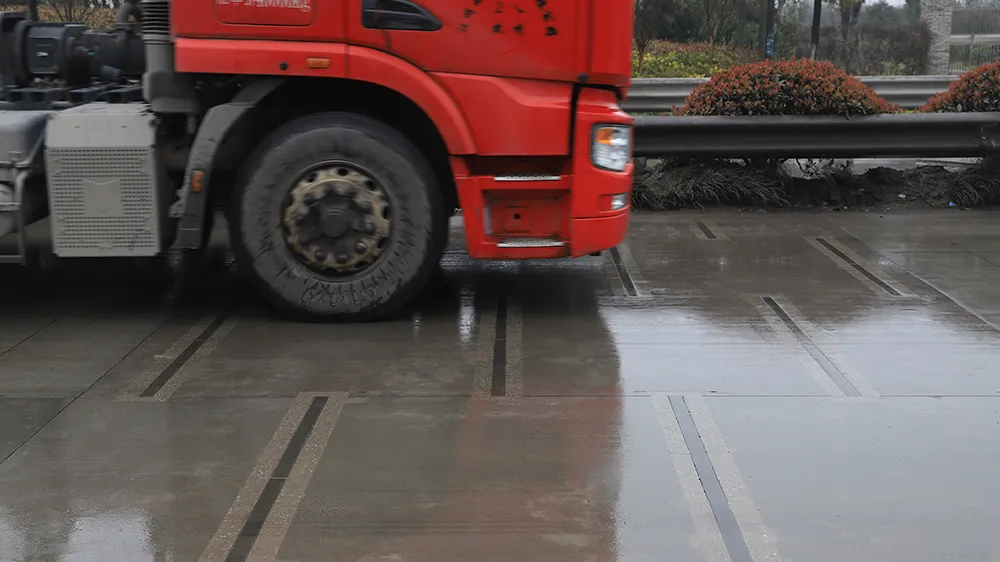
The capability of optical zooming and autofocusing of block cameras play pivotal roles in intelligent transportation systems. Optical zooming allows block cameras to achieve a variable focal length, enabling them to capture clear and detailed images even from a distance. This is particularly important for monitoring highways, intersections and parking areas.
Autofocusing complements optical zoom by automatically adjusting the focus based on changes in the scene or the movement of objects, ensuring that the camera maintains sharp and clear images without the need for manual intervention. This is especially beneficial in rapidly-changing scenarios, where quick and accurate adjustments are essential for real-time analysis. Together, optical zooming and autofocusing enhance the capabilities of block cameras in ITS, contributing to improved traffic management, incident detection and overall system reliability.

Another critical metric for ITS applications is the latency of the system. Namely, the time it takes to respond and process video data and provide information. The end-to-end system, starting from latency in the camera to the latency in the network and client side, must have low values. Most Videology block cameras have latency as low as 33ms, chosen frame rate and the complexity of the image processing features. These low-latency block cameras reduce the delay between image capture and processing, enabling quicker detection and analysis of events such as traffic congestion, accidents or violations.
With a wide range of options, such as various optical zoom factors, resolutions from 1080p to 4K, global shutter or output options, block cameras are a preferred choice for ITS system designers and engineers. This comparison chart will help you select the most suitable Videology Zoom Block for your specific imaging needs. As traffic and transportation applications continues to evolve and face new challenges, so will the Videology block cameras line up. With their durability, reliability and backwards compatibility, Videology block cameras will keep on serving as an integral component of the intelligent transportation systems.
Content produced in association with Videology








